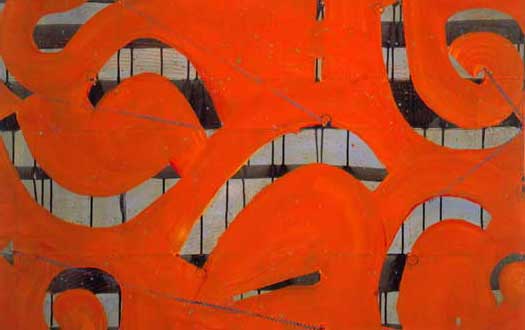Gonzalo Fonseca – Caio Fonseca
GONZALO FONSECA (Montevideo, Uruguay 1922 – Pietrasanta, Italy 1997) This Uruguayan sculptor became keenly interested at an early age in anthropology, archaeology, history, folklore and mythology. He is one of the most genuine representatives of contemporary art in Latin America. Between 1939 and 1942 he studied architecture at the University of Montevideo, but gave up his studies in order to become a working member of Torres-García’s Workshop. His interest in the pre-Colombian past intensified with his journey to Peru and Bolivia in 1946, and in the same year he took part in the group exhibition Arte de América at the Maison de l’Amérique Latine in Paris. In 1950 he began a journey that took him through Europe, the Middle East and North Africa, and during this period he also worked on archaeological excavations, particularly with the archaeologist Flinders Petrie. In 1958 he moved from Paris to New York There he established a style in which he used visual resources that characterise his subsequent work: the arrangement of small carved pieces of a symbolic nature like offerings in some part of a painting, and the insertion of three-dimensional objects in openings made in wood. In his work there is a mixture of various cultural layers that results in “beautiful architectures of long-established memory”. In the early seventies his work moved in two different directions: painting that tended towards sculpture, and the creation of small and large three-dimensional pieces closely connected with architecture. He took part in urban design projects in which he developed his idea of integrating sculpture with architecture. His work appears in practically all the museums in Latin America, and in the Metropolitan Museum of Art and the Jewish Museum in New York (the latter devoted a retrospective to him in 1970). He represented Uruguay in the forty-fourth Biennale di Venezia in 1990. The exhibition offers a survey of Gonzalo Fonseca’s most significant work, focusing especially on the large sculptures in stone and marble that he made in Pietrasanta, and it will be presented jointly with the exhibition of his son, Caio Fonseca, in Gallery 1. ++++++++++++++++++++++++++++++++++++++++++++++++++++++++++++++++++++++++++++++ CAIO FONSECA, New York 1959, studied painting in Barcelona between 1978 and 1983. He later moved to Pietrasanta in Tuscany, Italy, where he lived and worked until the late eighties. After spending two years in Paris, in 1992 he returned to New York, where he now lives and works. Caio Fonseca’s work has evolved from his early portraits, still-lifes and landscapes to his present abstract work. During the last ten years he has pursued the idea of reducing the elements of painting to a basis of plastic values with which to start to construct new languages. Despite its apparent abstraction, Caio Fonseca’s painting has connections with reality. In his work we find the influence of the city of New York and its variegated streets, but also the landscapes of Tuscany, a region that he still often visits. The exhibition organised by the IVAM offers a survey of Caio Fonseca’s work of the last twenty years, and this will be the first time that his work has been shown in a Spanish museum.



